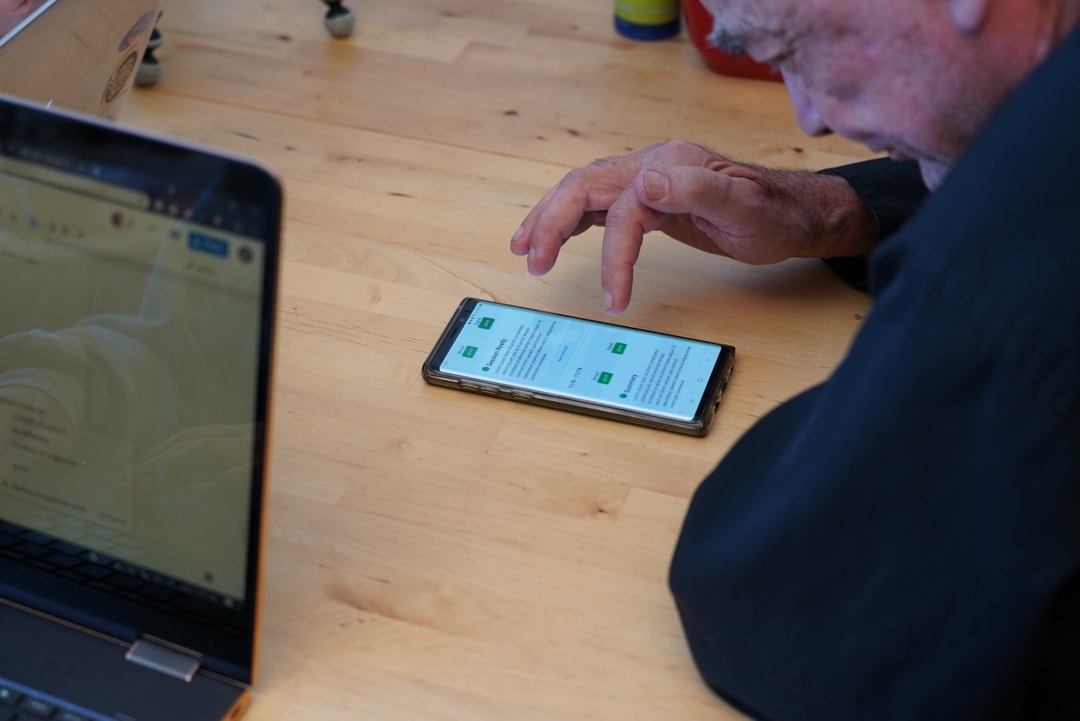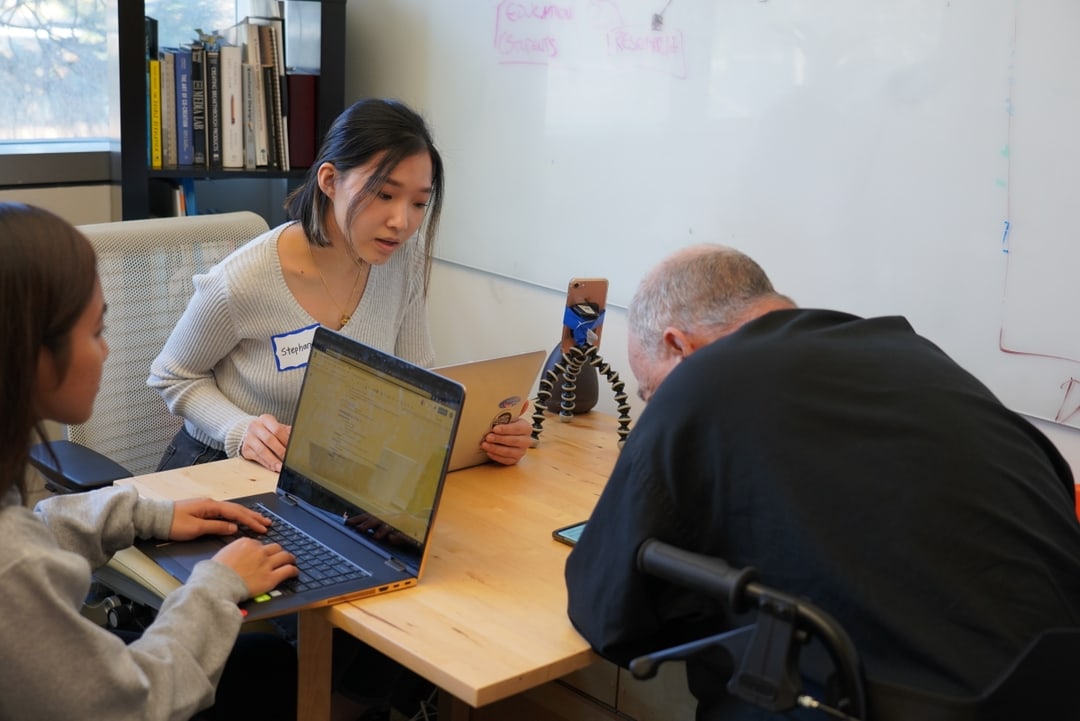PROJECTS
Reimagine Follow
CATEGORY:
Dexcom

Timeline: Summer ‘20 Design Sprint
Type: Industry Challenge
Team: Junhee Chung, Staci Lin, Aaron Truong, and Fiona Wong
Mentors: Zander Wang (Dexcom), Lars Mueller, and Heidi Rataj
Overview
The Dexcom Follow App has become an essential tool for many parents monitoring their children with diabetes. Dexcom challenged the team to think out-of-the-box to design new features to both ‘share’ and ‘follow’ a person with diabetes. The students developed radical new ideas and prototypes to give the Follow app more versatility for many typical use cases across scenarios.
With Dexcom Follow users can ‘follow’ your glucose levels and view glucose data securely from their smart device wherever they are. Follow is used in a wide range of scenarios from parent to child, friend to friend, parent to young adult or parent to college adult
How can we address the dynamic challenges of Share + Follow App between children and parents, designing to fulfill those flexible user needs?

User Research
Within the first 3 weeks, the team conducted 20 interviews with parents that use Follow with their children. They identified the typical use cases and underlying issues that were common across children from different age groups. A typical example is the need to balance a child's wish for independence and the ability to rapidly react in an emergency.
The team met every week with their Dexcom mentors and presented to Dexcom product management, UX design, and marketing. Team members organized small workshop activities to discuss results effectively. Every week insights were refined more and more, drawing from each new interview and the expertise of the Dexcom staff.
Prototype and User Testing
Based on these insights the students developed proto-personas and suggested more than 5 new groundbreaking ideas to modify and extend the Follow up. The students presented their initial user research after 4 weeks to over 30 Dexcom stakeholders and received very positive feedback.
In the remaining 6 weeks the students rapidly iterated on prototypes for these features. With each week, prototypes progressed to production quality. More than 20 participants tested the new features and provided feedback. Every test confirmed ideas and brought up new challenges that improved the prototype. The feedback from participants was overwhelmingly positive.
“It would be a dream to have X”
Father of a child with T1D
Deliverable
In the final presentation to Dexcom, the team summarized their recommendations for the next version of the Follow App. Each recommendation was presented with a prototype and the corresponding evidence from user research and prototype testing.










